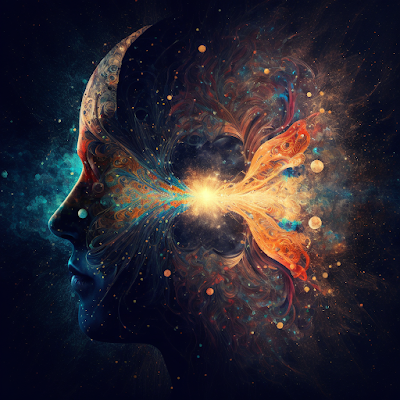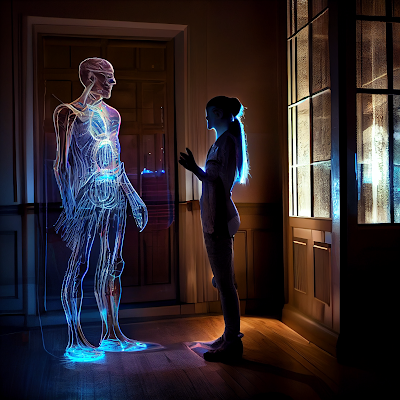Dark Matter: The elusive identity
Introduction
Dark matter,
which makes up about 85% of the total mass of the universe, is one of the
greatest unsolved mysteries in physics. Scientists have observed its
gravitational effects, but its true identity remains unknown. In this blog
post, we will explore the evidence for dark matter, its potential composition,
and ongoing experiments to detect it.
Evidence for Dark Matter
The
gravitational effects of dark matter are one of the main clues about its
nature. Galaxies and galaxy clusters rotate faster than can be explained by the
visible matter alone, indicating the presence of invisible matter. The
"bullet cluster" collision of two galaxy clusters further supports
the idea that dark matter does not interact with normal matter via the strong
or weak nuclear forces, but only through gravity.
Potential Composition of Dark Matter
Several
theories exist regarding what dark matter could be made of, but none have been
proven. One popular theory suggests dark matter is composed of weakly
interacting massive particles (WIMPs) predicted by some theories beyond the
standard model of physics. Another theory suggests it is made up of axions,
tiny particles that would not interact with normal matter at all. Primordial
black holes and ultralight particles, also called fuzzy dark matter, are other
potential compositions.
Ongoing Experiments to Detect Dark
Matter
The Large
Hadron Collider (LHC) is one of the most promising experiments to detect dark
matter. It is the world's largest and most powerful particle accelerator, and
scientists hope that it will be able to detect WIMPs, axions, and other
particles that are thought to make up dark matter. The Dark Energy Survey (DES)
uses a large telescope in Chile to map the distribution of dark matter in the
universe. Several space-based missions, such as the European Space Agency's
Euclid satellite and NASA's WFIRST, will study the large-scale structure of the
universe and look for the effects of dark matter.
Conclusion
Despite many
theories about the composition of dark matter, there is still no definitive
evidence for any of them. The search for dark matter is ongoing, and scientists
are hopeful that ongoing experiments will help shed light on the true nature of
this mysterious substance. By studying the effects of dark matter on the
large-scale structure of the universe, scientists hope to unlock one of the
greatest mysteries of our universe.














Comments
Post a Comment